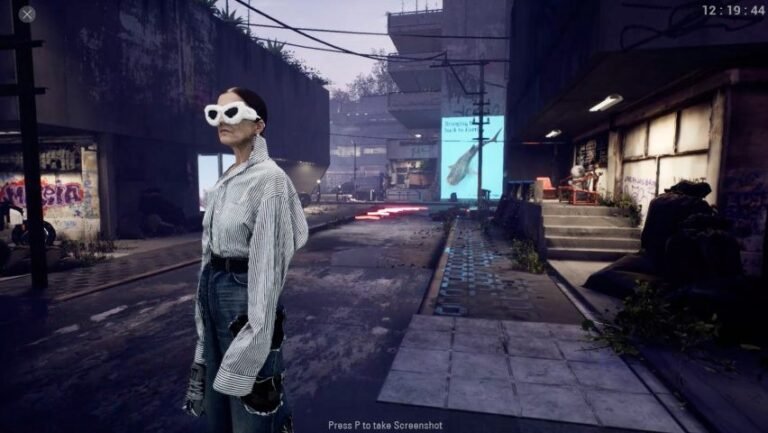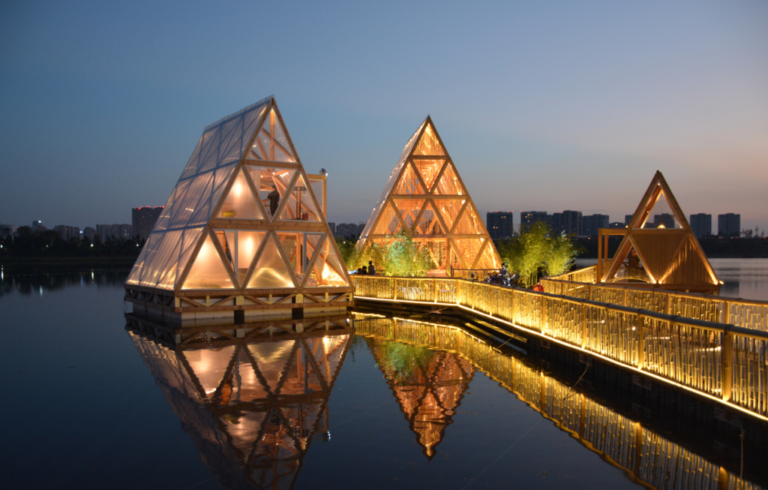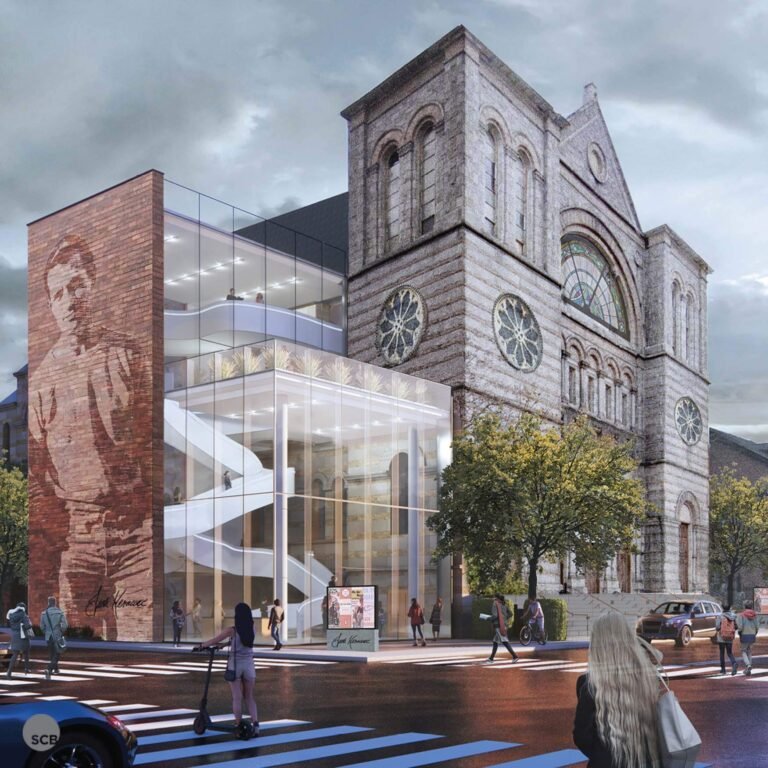Major preservation work progresses at Frank Lloyd Wright’s Taliesin and Taliesin West
Following news that the Hollyhock House in Los Angeles has reopened for public tours following an extensive pandemic refresh, the Frank Lloyd Wright Foundation has provided an update on two other Wright landmarks—both also contributing properties to a larger UNESCO World Heritage Site—that are ongoing major historic preservation efforts now in various stages of progress.
In a press statement detailing the scope of the work underway at each site, the foundation noted that both projects, one at Taliesin in Spring Green, Wisconsin, and the other at Taliesin West in Scottsdale, Arizona, aim to “restore and reinterpret these spaces while maintaining the essence of both UNESCO World Heritage Sites.” Headquartered at Taliesin West, the foundation owns both iconic properties with the nonprofit Taliesin Preservation serving as steward of Taliesin.
At Taliesin West, Wright’s 500-acre winter compound, work is focused on completing accessibility upgrades to meet ADA compliancy, an overhaul of the site’s aging water and sewer infrastructure, and a roof replacement project that swaps out the main buildings’ 1930s-era canvas roofing panels with new panels that “match the quality of light and color of the original canvas material” while offering long-lasting durability against the unforgiving climate of the Sonoran desert.
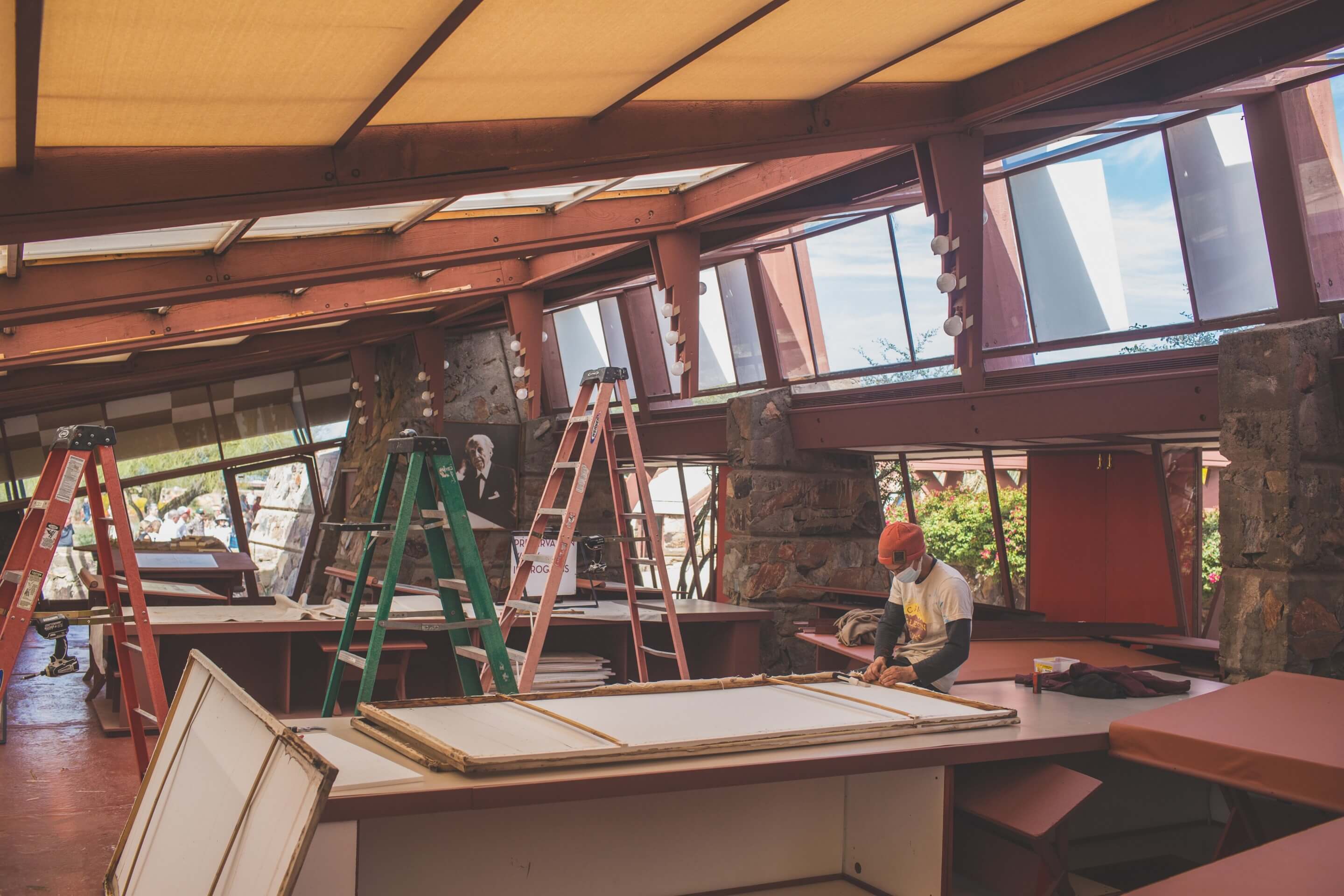
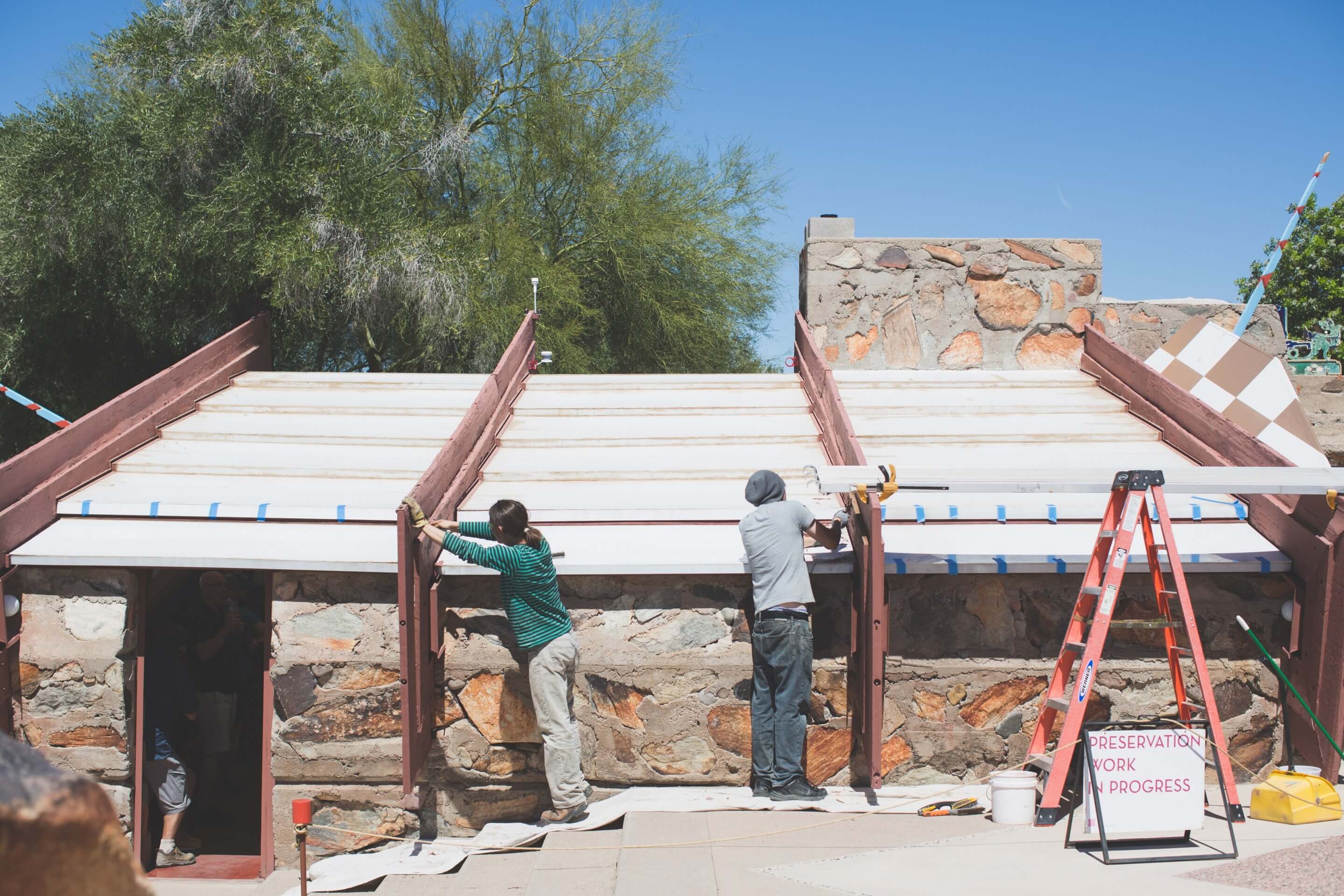
Initial work on the panel replacement project first kicked off in October 2021 with intensive monitoring as to how the natural elements—adverse weather conditions included—impact the interior of Wright’s studio building with the original 1939 materials in place. As the foundation detailed:
“Once a year’s worth of data has been compiled, the team will create a computer-generated model with the proposed panel design to test different materials, such as polytetrafluoroethylene (PTFE) coated fiberglass fabrics and aerogel insulation, to measure durability and impact on the interior environment. The preservation team will first test the new system on Wright’s office for a few years before introducing the technology on other structures at Taliesin West.”
On the infrastructural and accessibility front, new restrooms will be added to each level of the terraced site to better accommodate visitors of all abilities while planning is also underway for a new water and sewer system to replace the temperamental, octogenarian system currently in place. Construction work on that major undertaking is expected to kick off next spring and last roughly a year. All of these efforts are being executed as part of the 10-year 2015 Taliesin West Master Plan, with roughly 90 percent of the projects envisioned as part of the plan now completed.
Five hundred-some miles away in bucolic Sauk County, Wisconsin, efforts underway at Taliesin, Wright’s summer studio, are more modest in scope but no less vital with work being focused exclusively on the Midway Barn. Built beginning in 1938 with subsequent additions and alterations being carried over the years, this T-shaped hillside agricultural outbuilding stands as one of five Wright-designed structures at the storied 600-acre estate, which was first established as a functional farm by the family of Wright’s mother. In partnership with a team of graduate students in historic preservation at the University of Pennsylvania’s Stuart Weitzman School of Design, the preservation team is in the process of “documenting existing conditions within the structure and creating 3D models of the building, as well as working to gain a better understanding of how the spaces within the Midway Barn were used in the past and how those spaces can be utilized today,” according to the Foundation.
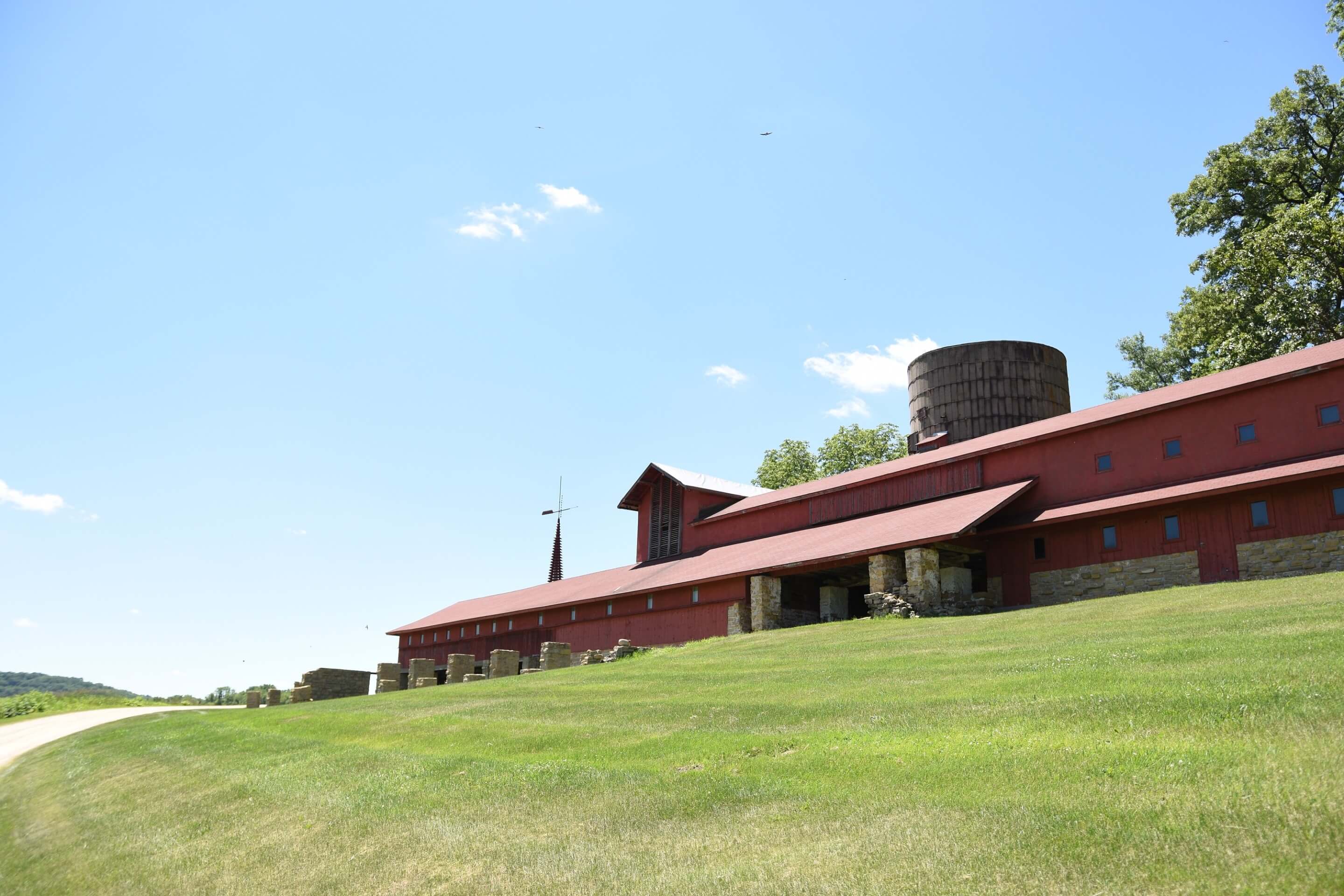
“Wright changed the way that we build and live today, not just in the U.S. but across the world. By utilizing modern materials and improving accessibility, without detracting from the original design of the buildings, we ensure that future generations will be able to experience these spaces as Wright had envisioned them,” said Fred Prozzillo, vice president of preservation at the Frank Lloyd Wright Foundation, in a statement. “Through these ongoing preservation efforts, his legacy can continue to influence all those who visit – enabling them to learn from his principles and improve the way that they build their own lives.”

